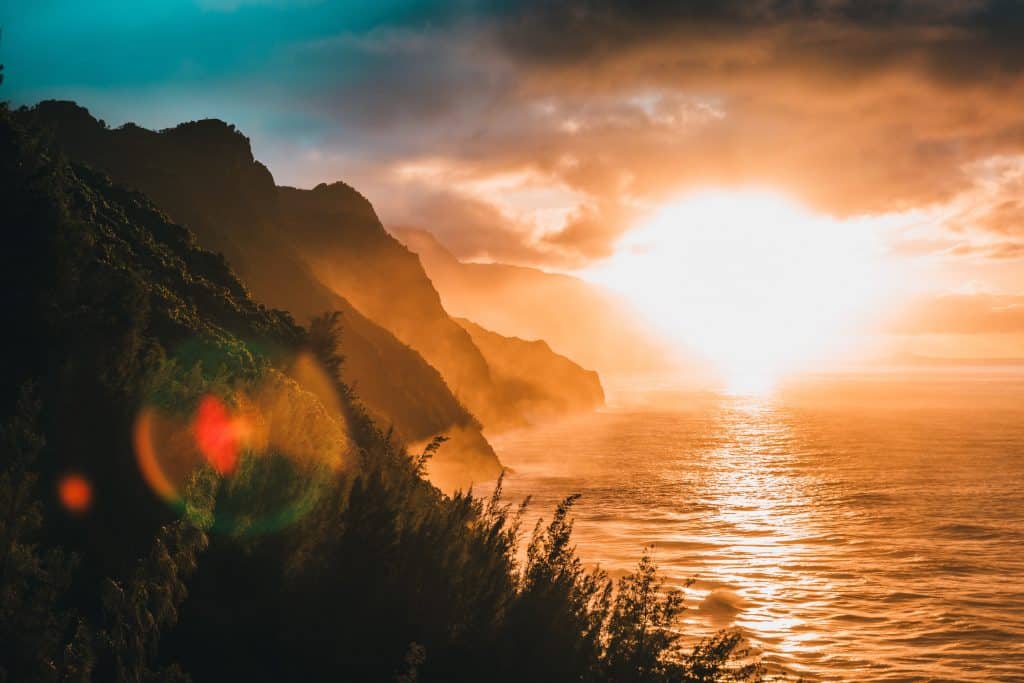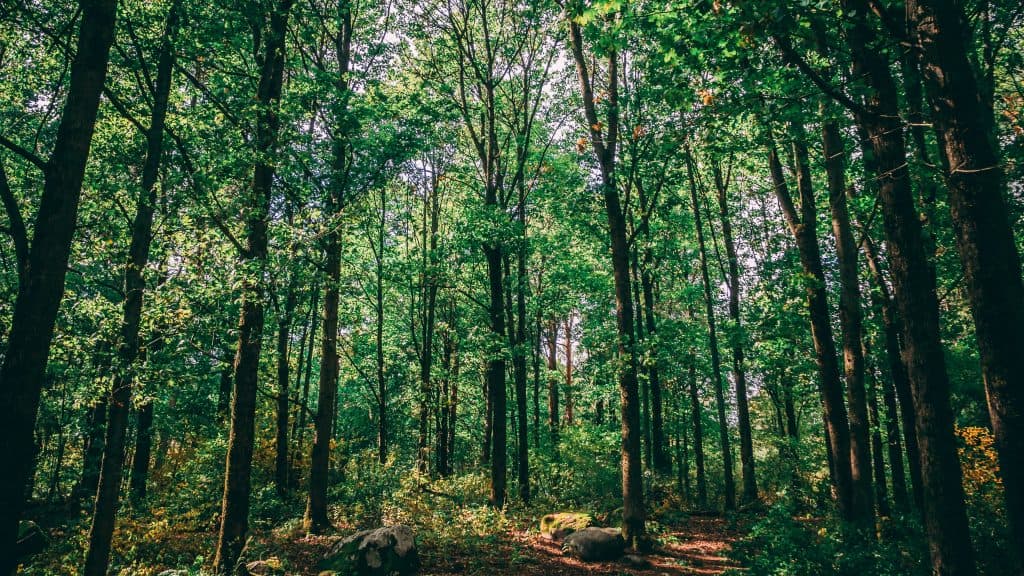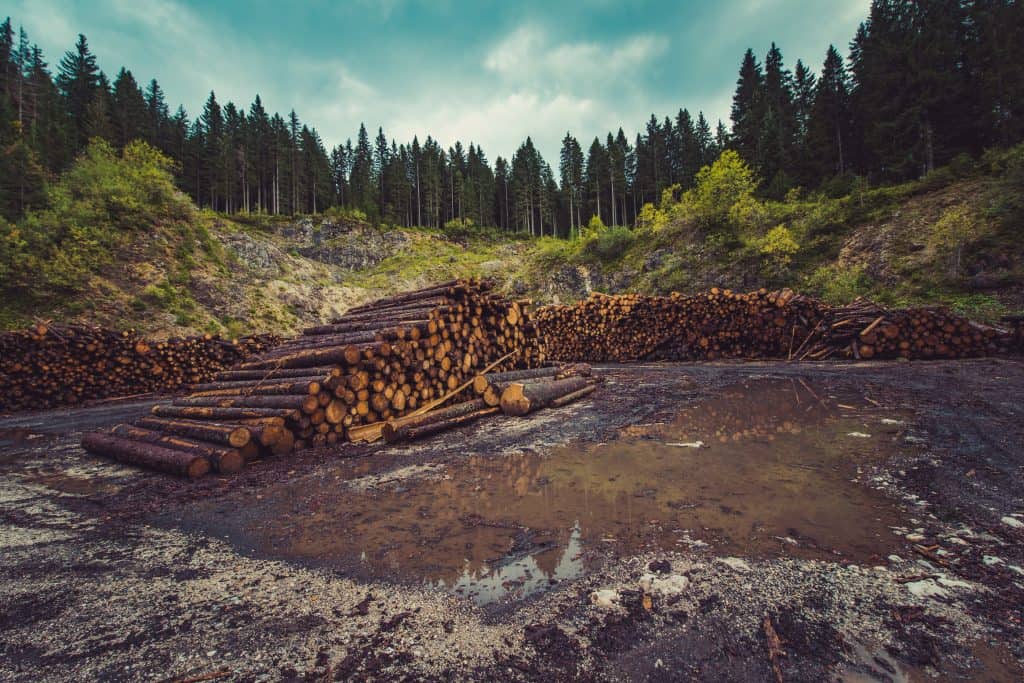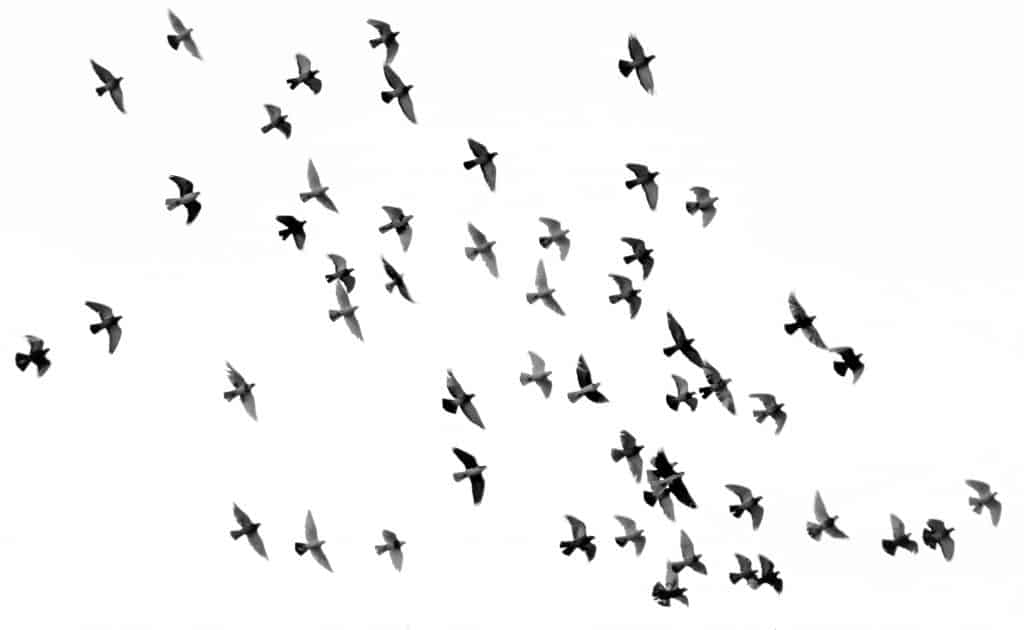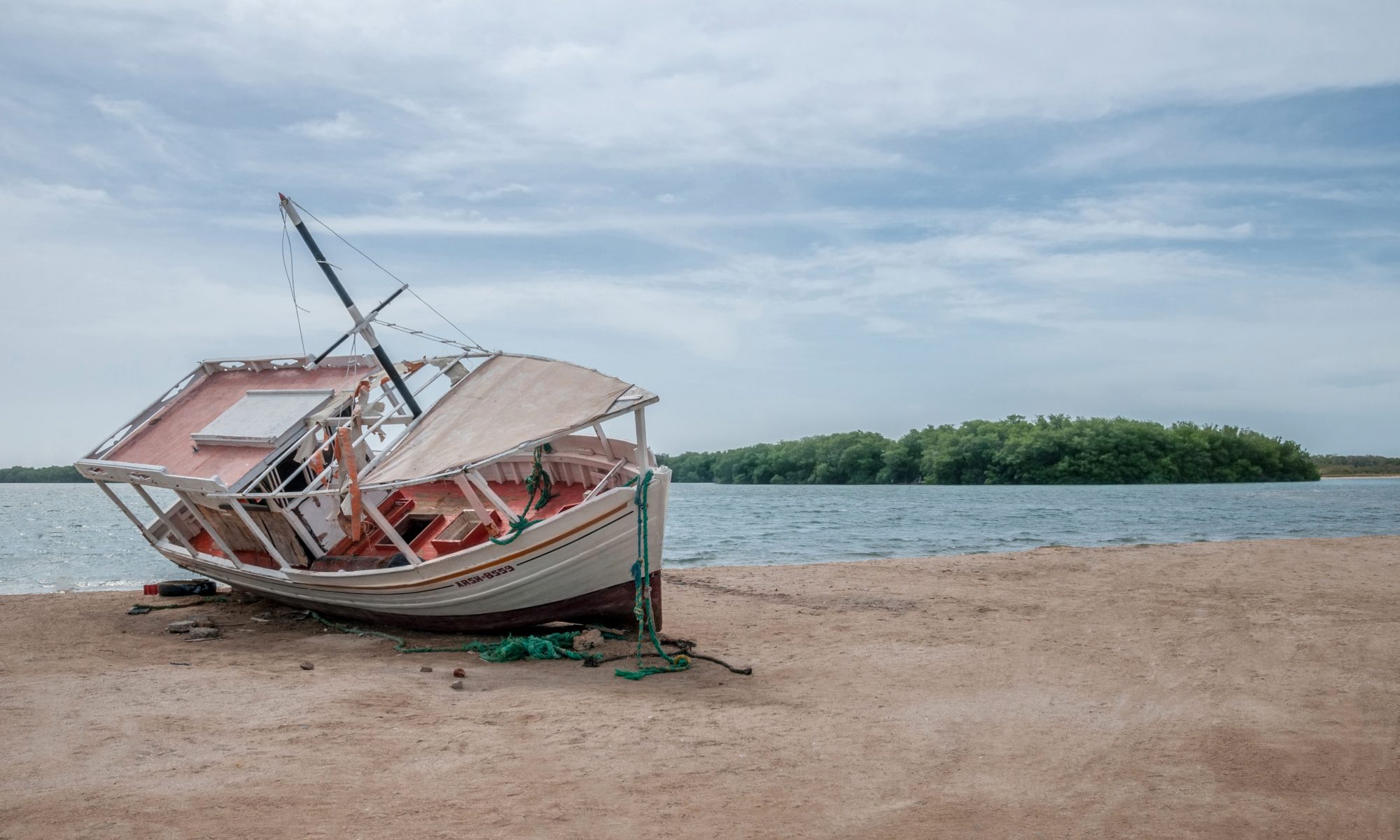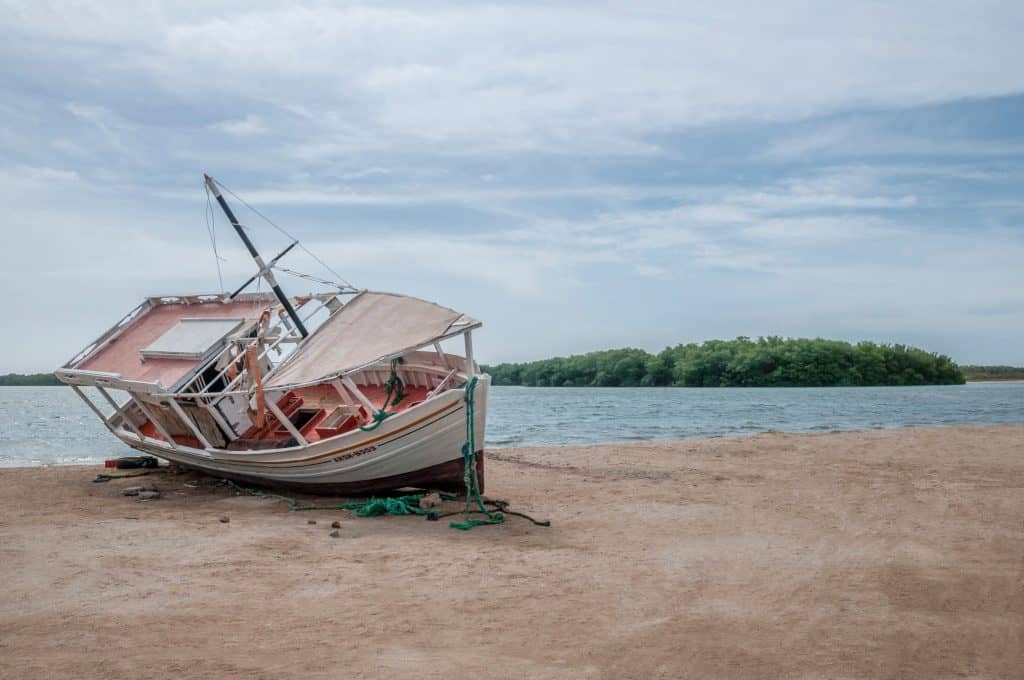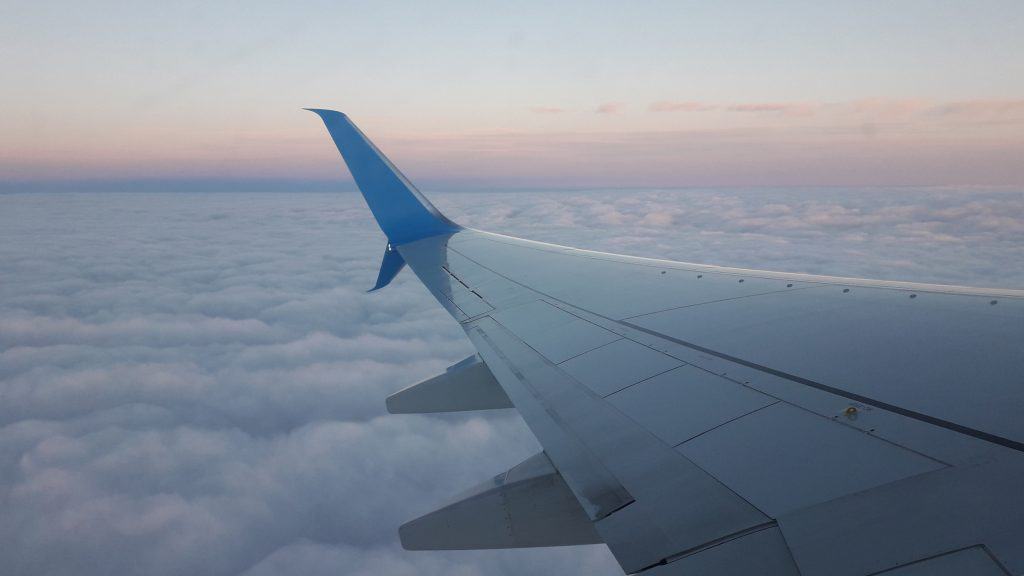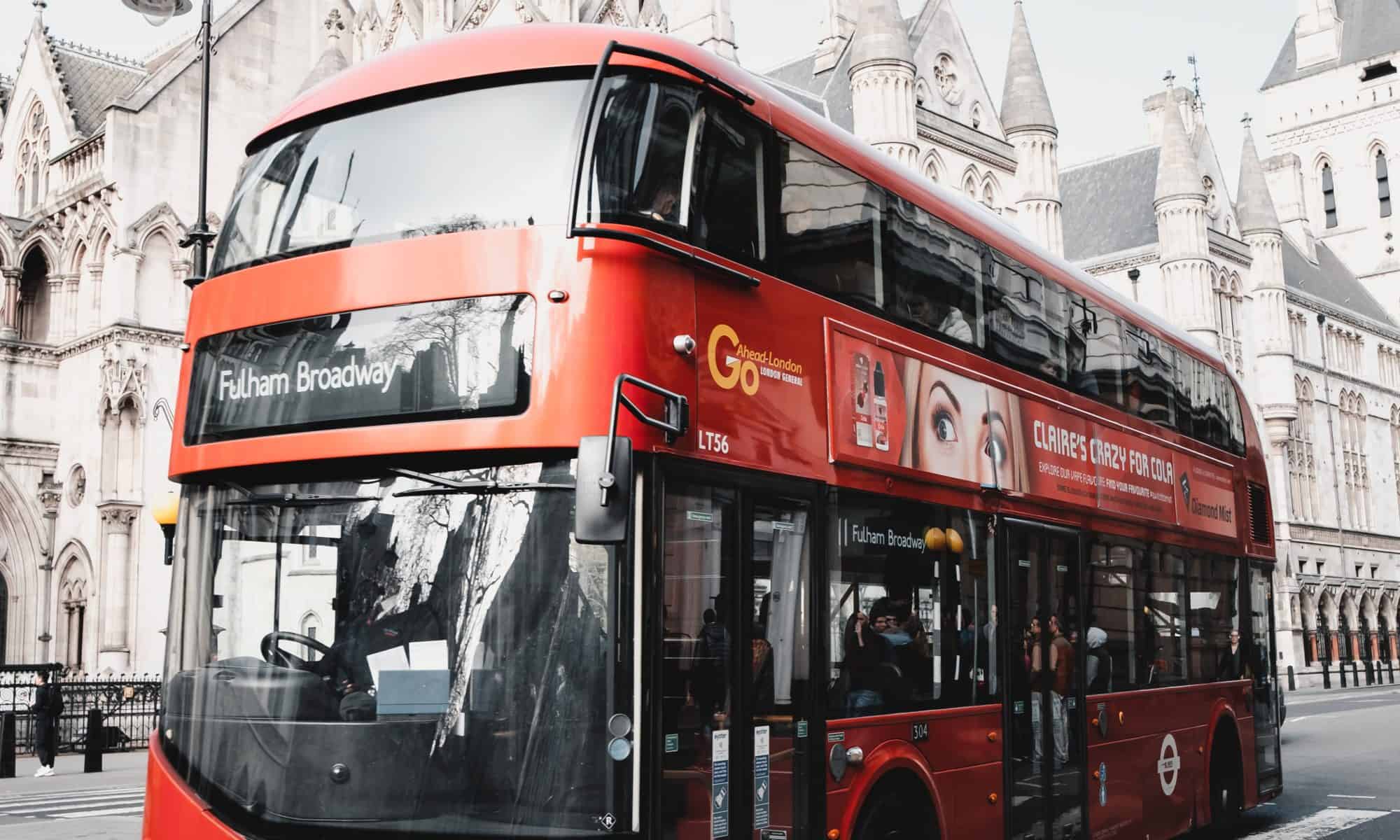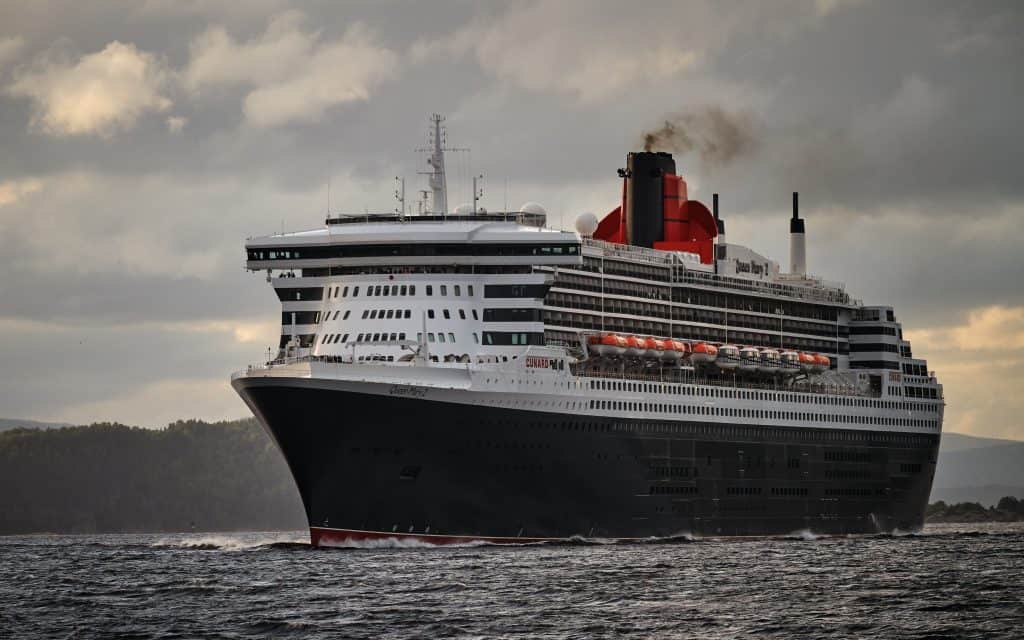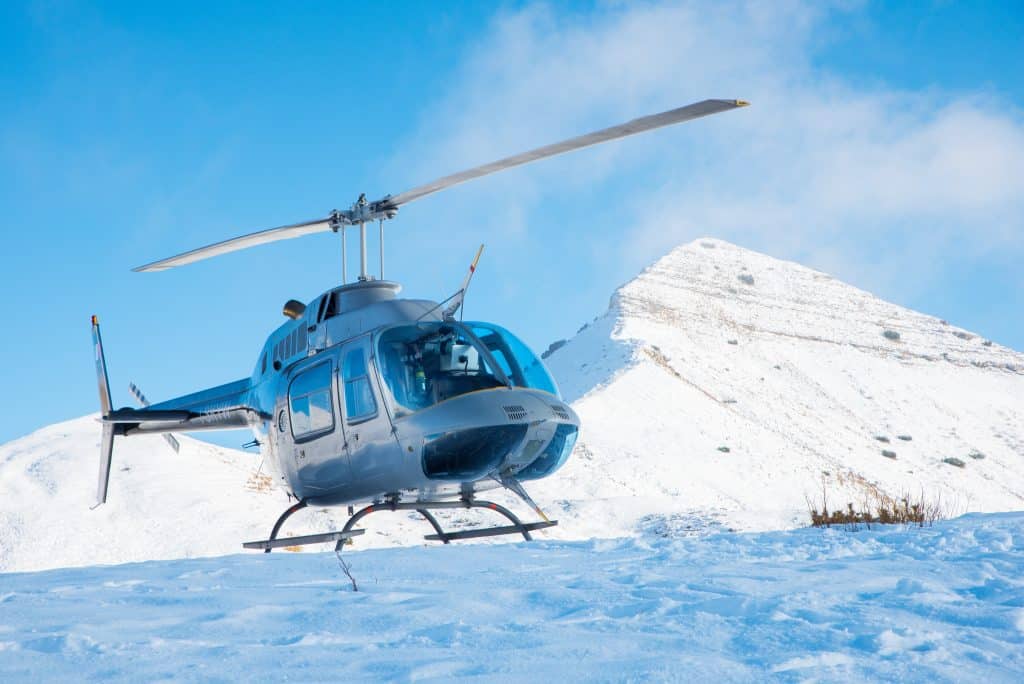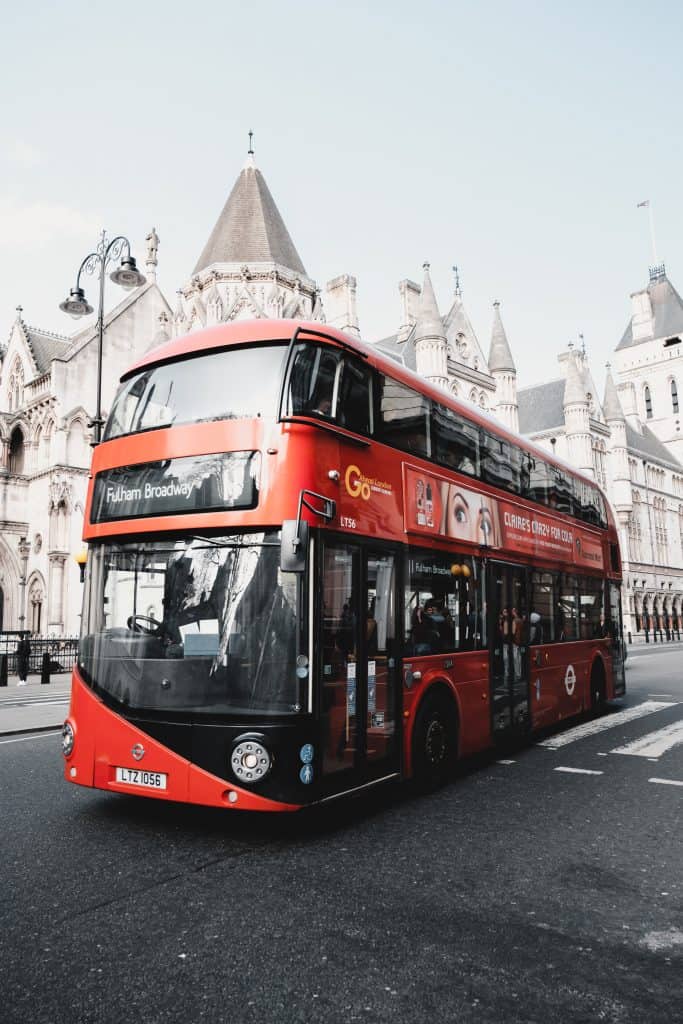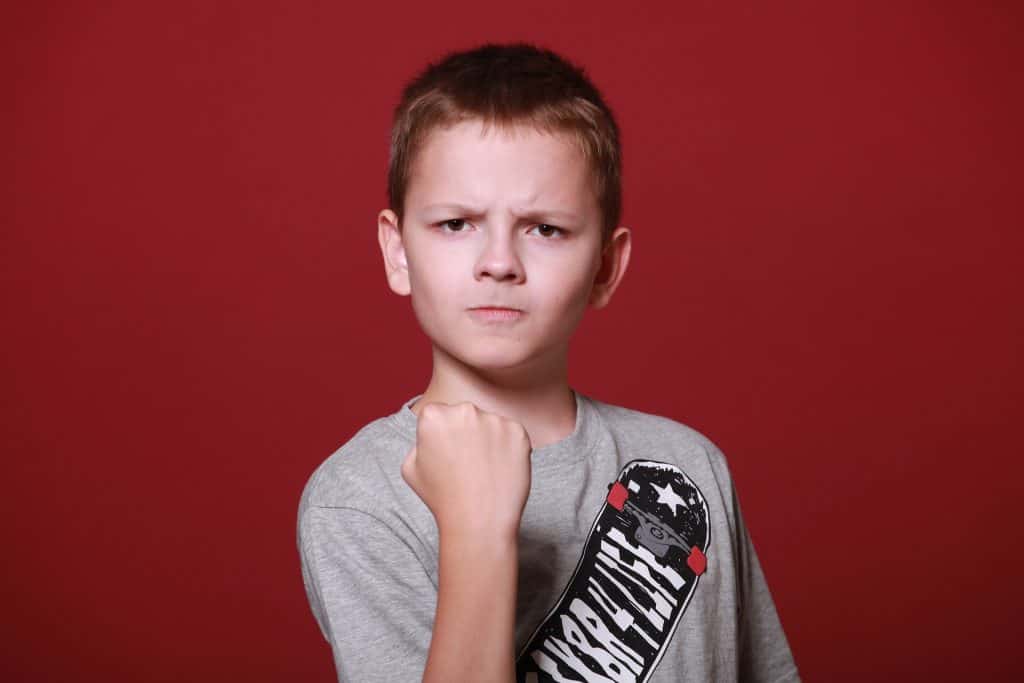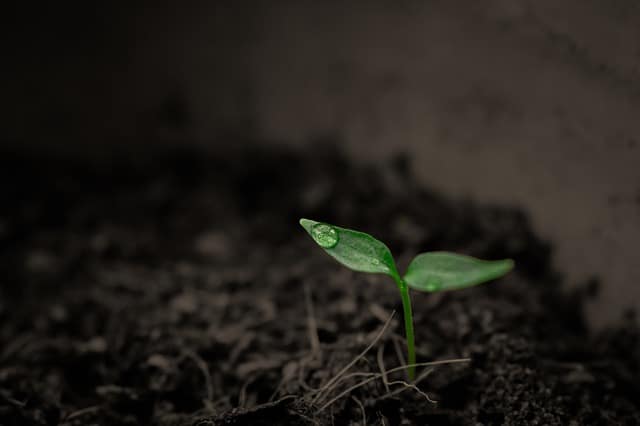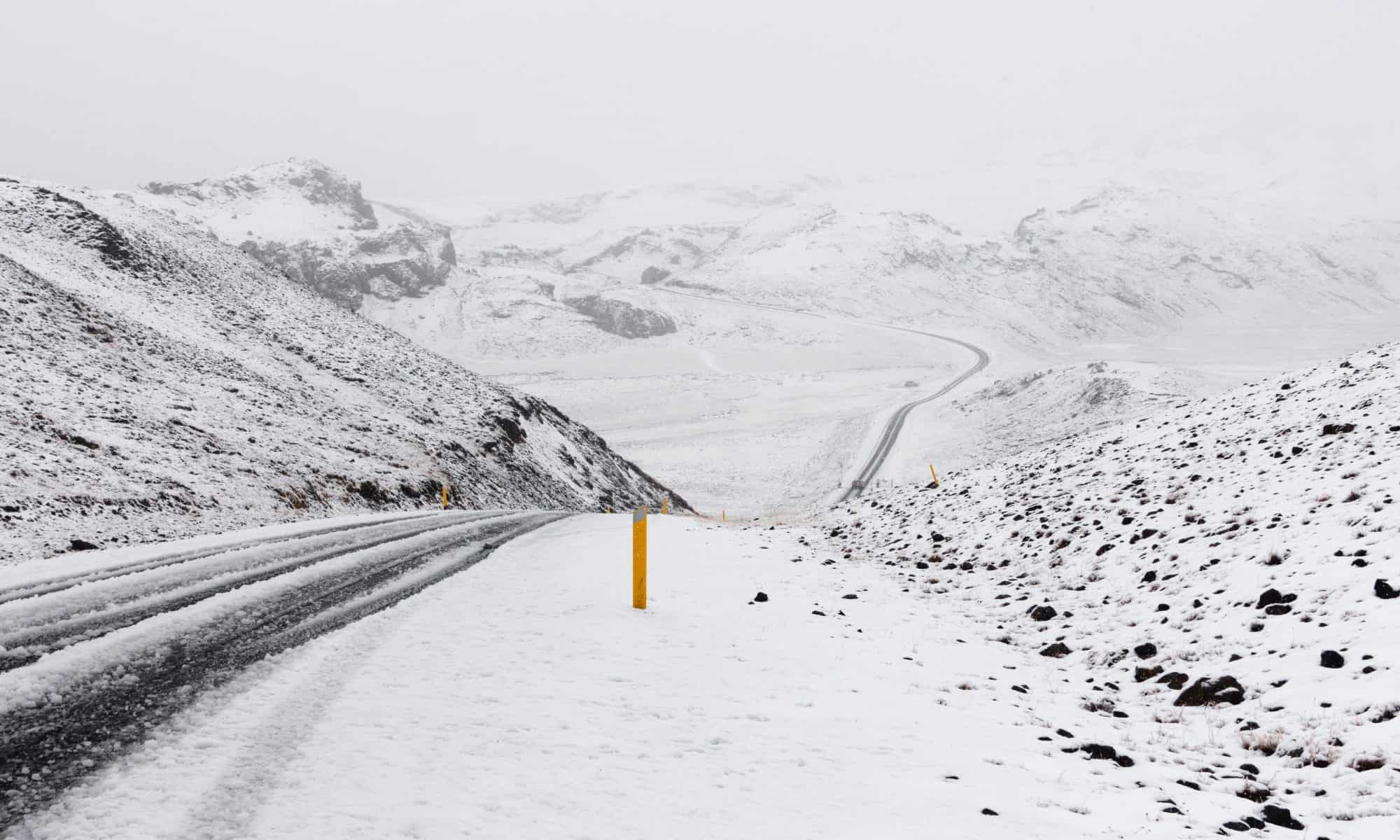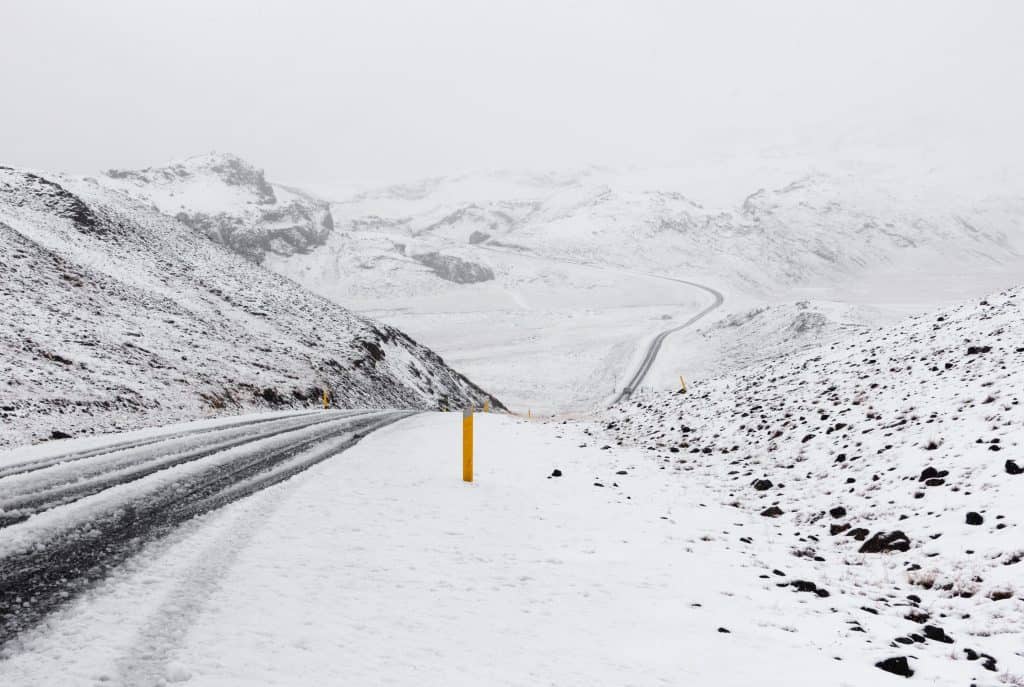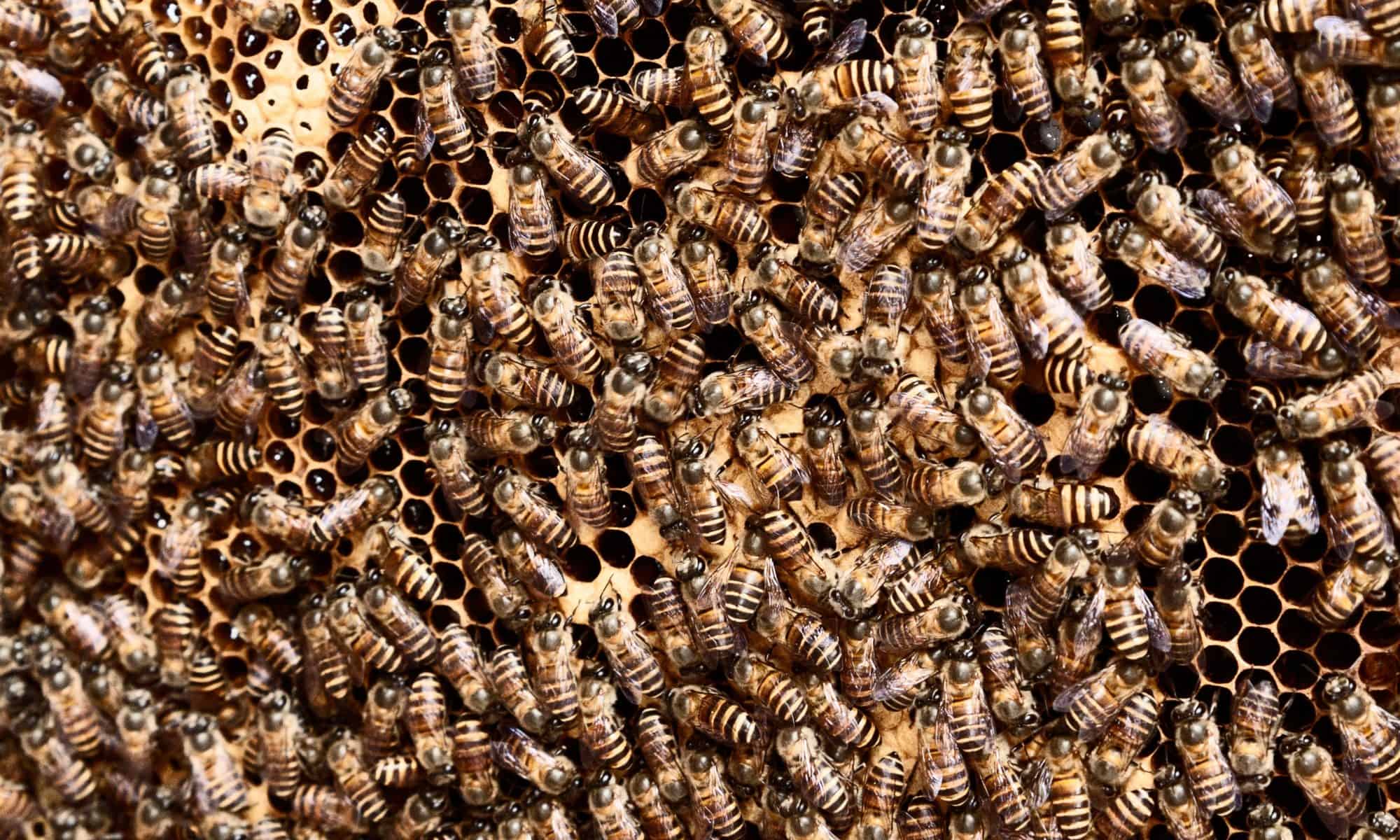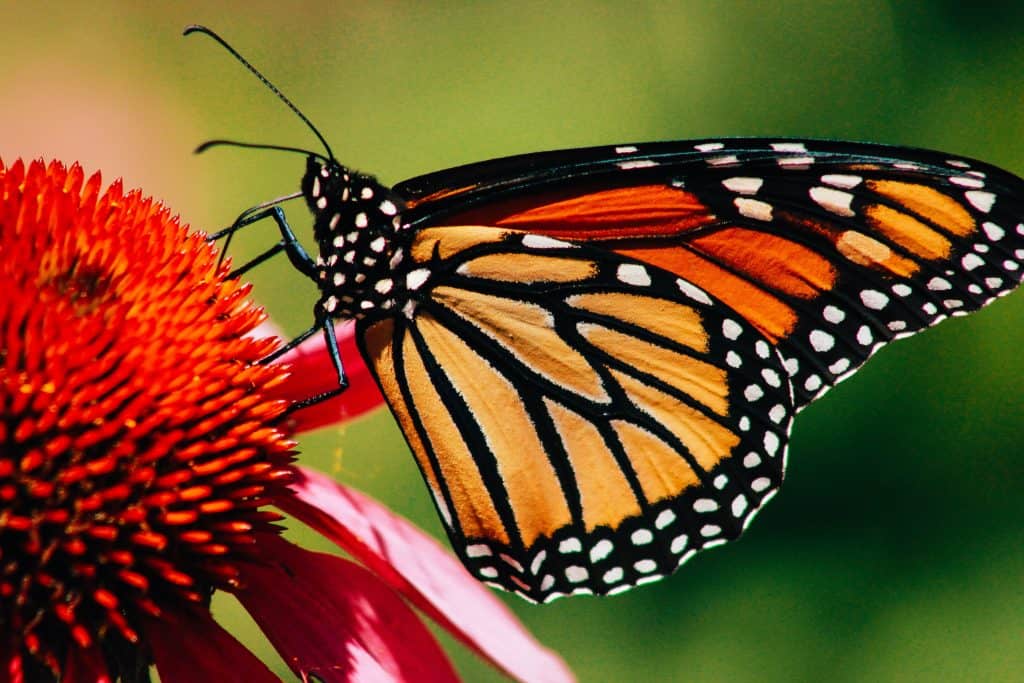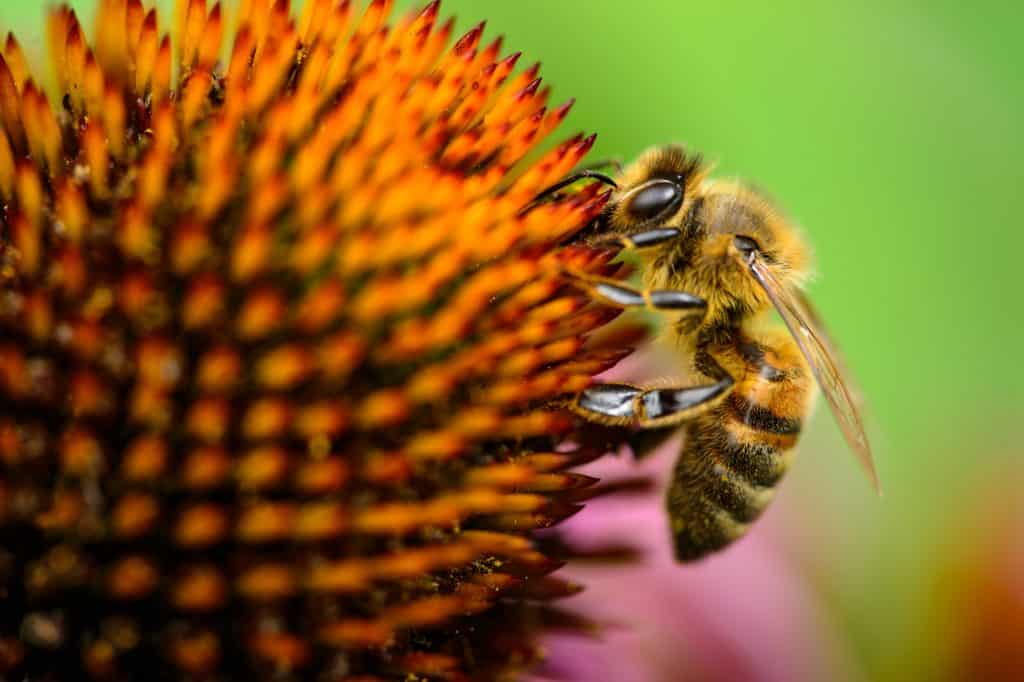In science there are a bunch of different physical activities that make something change. The end result of these changes are called effects. One type of effect is called erosion. Erosion is the physical process in the surface of the earth is worn away through some type of physical change. Today we are going to be making guess as to is doing the eroding and what is being eroded.
In the next series of pictures, I want you to hypothesize (take an educated guess) of what is doing the eroding, what is being eroded, and why might erosion be happening?
Things to keep in mind while analyzing the pictures:
- What do they all have in common?
- What is being eroded?
- Why is it being eroded?
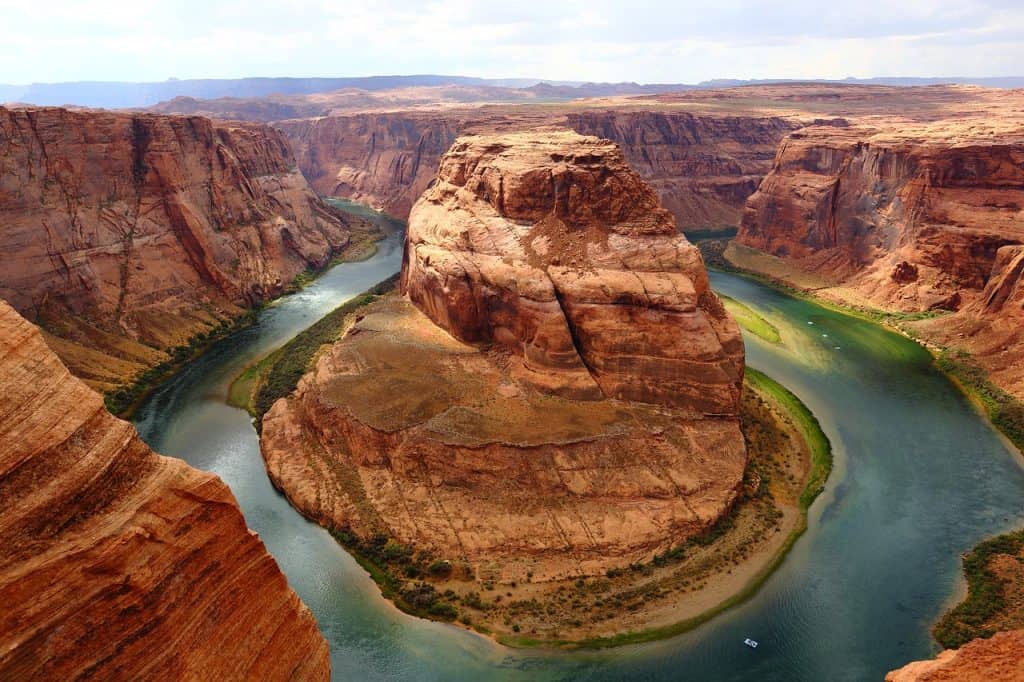


Image Sources
Horse Shoe Bend by KeYang
Atoll by Ishan








